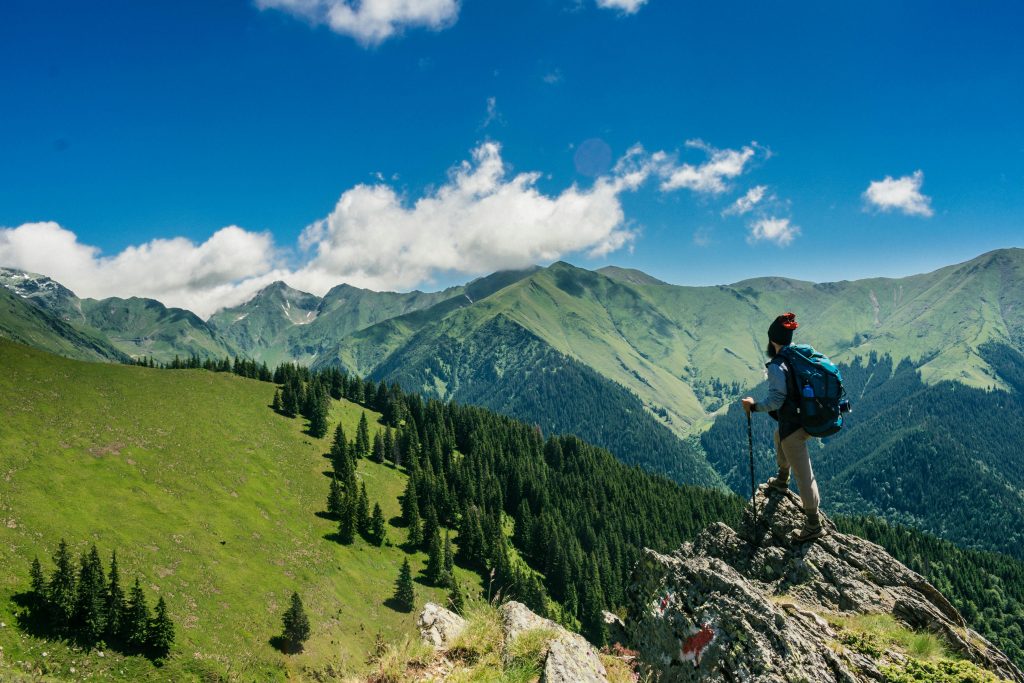In today’s world, creativity is more than a nice-to-have—it’s a necessity for innovation, problem-solving, and personal growth. Interestingly, one of the most effective ways to nurture creativity isn’t confined to classrooms, offices, or studios. Instead, it comes from travel experiences that boost creativity. From exploring new cities and cuisines to immersing yourself in unfamiliar traditions, travel has been shown to sharpen the mind and stimulate original thinking. With growing interest in creative tourism and cultural immersion, travelers are seeking not only leisure but also inspiration

Why Travel Fuels Creativity
Psychologists and researchers have long studied the link between travel and creativity. The central idea is simple: exposure to different environments encourages new ways of thinking. When we step outside our comfort zone, our brain begins forming new connections, which enhances cognitive flexibility—the ability to adapt, think innovatively, and approach challenges from multiple angles.
A study published in the Journal of Personality and Social Psychology highlights that living abroad or spending extended time in another culture improves problem-solving and creative output. Similarly, travel industry reports show that travelers who engage with local communities and traditions often return home with a refreshed perspective and innovative ideas.
In 2025, the rise of “creative tourism” is taking center stage. Unlike traditional sightseeing, this trend focuses on experiences such as cooking classes, art workshops, storytelling events, and farm-to-table dining. Travelers are seeking opportunities to learn, create, and bring home more than souvenirs—they want inspiration.
Current Travel Trends Driving Creativity
1. Creative Tourism Experiences
Creative tourism is no longer a niche; it’s becoming mainstream. According to a report from Arival, more travelers in 2025 are prioritizing experiences over luxury. Activities like pottery-making in Spain, food tours in Japan, or photography retreats in Iceland allow visitors to engage actively rather than passively observe. This hands-on learning promotes problem-solving and sparks creative thought.
2. Culinary Exploration
Food has always been a cultural gateway. Trying local dishes, cooking with locals, or even attending foraging tours introduces travelers to new flavors, traditions, and preparation methods. Beyond being enjoyable, this form of travel experience broadens sensory input—an important trigger for creativity. For instance, participating in a pasta-making workshop in Italy or learning about fermentation techniques in Korea can inspire fresh approaches to cooking and beyond.
3. Nature and Outdoor Adventures
Spending time in natural landscapes has been linked to improved mental clarity and creativity. Whether hiking in the Swiss Alps, meditating on Bali’s beaches, or camping under the stars in Patagonia, travelers often find themselves generating new ideas in these moments of connection with nature. Researchers from Stanford University also note that time outdoors reduces mental fatigue, allowing space for more original thinking.
4. Cultural Immersion
Immersing yourself in another culture—through language learning, music, dance, or traditions—deepens empathy and challenges assumptions. Exposure to different belief systems and values provides a fresh lens for interpreting problems and developing new solutions. For instance, engaging with traditional crafts in Morocco or learning calligraphy in China provides a deeper appreciation of creative processes across cultures.
5. Digital Nomadism and Long-Term Travel
The rise of remote work has reshaped travel. Digital nomads are not only exploring new places but also blending travel with productivity. This lifestyle supports creativity by constantly introducing individuals to diverse workspaces, communities, and problem-solving situations. Long-term stays in new environments allow ideas to evolve organically over time, creating opportunities for innovation.
Practical Ways to Use Travel Experiences That Boost Creativity
Travel isn’t just about where you go; it’s about how you approach it. To maximize the creative benefits, travelers can incorporate intentional strategies:
- Keep a Travel Journal – Document observations, sketches, and ideas. Reflection solidifies learning and sparks new insights.
- Engage with Locals – Conversations with people from different backgrounds offer fresh perspectives.
- Learn a Skill Abroad – Whether it’s dance, cooking, or photography, hands-on workshops encourage experimentation.
- Change Your Routine – Trying new foods, navigating new cities, or adopting local customs interrupts habitual thinking patterns.
- Travel Slowly – Spending more time in fewer places helps build deeper connections, leading to stronger creative takeaways.
The Science Behind Creativity and Travel
Neuroscience provides compelling evidence for why travel boosts creativity. When exposed to new experiences, the brain increases neural plasticity, which enhances problem-solving and innovative thinking. A 2014 study found that individuals returning from vacations reported higher creativity and improved mood. Additionally, engaging with multicultural experiences has been linked to improved cognitive flexibility.
Businesses are also recognizing this connection. Corporate travel reports from CWT show that employees who travel for work often return with increased creativity and productivity, particularly younger generations who value experiences as a form of growth.
Future Outlook: Creative Travel in 2025 and Beyond
Looking ahead, creative travel will continue to grow. More travelers will design trips that prioritize skill-building, wellness, and artistic exploration. Platforms that connect travelers to local artisans, chefs, and guides are gaining popularity. Even traditional tourism boards are shifting campaigns toward “experience-first” marketing, promoting authentic cultural activities instead of just landmarks.
Additionally, sustainability will shape the future of creative travel. Rather than mass tourism, people are increasingly looking for small-group, eco-conscious experiences that allow for creativity without harming local environments.
Conclusion
Travel experiences that boost creativity offer more than temporary escape; they help individuals rethink how they live, work, and innovate. Whether it’s painting with local artists, tasting new cuisines, or simply wandering through a new city, each journey provides mental stimulation that lasts long after returning home.
In a world that demands constant adaptation and fresh ideas, creativity is no longer optional. Travel—especially when approached with curiosity and openness—serves as one of the most effective tools to fuel imagination. As creative tourism trends grow in 2025 and beyond, individuals have a unique opportunity to shape their minds while exploring the world.
References
- Carla Johnson – How Travel Improves Creativity: https://www.carlajohnson.co/how-travel-improves-creativity/
- J. de Bloom et al. – Vacation and Creativity Study (2014) (via Wikipedia): https://en.wikipedia.org/wiki/Vacation
- Jen Rainey – Travel and Creativity: How New Experiences Stimulate the Mind: https://jennarainey.com/travel-and-creativity-how-new-experiences-stimulate-the-mind/









